Exploring New Sink Options
Several factors need consideration when remodeling or updating a kitchen. Choosing the perfect layout and design and selecting the right equipment and fixtures ensure an efficient, functional, and attractive workspace. One essential aspect of creating a perfect kitchen is picking the right sink.
The sink is a crucial and hard-working plumbing fixture in every kitchen. It adds a perfect finishing touch and plays a vital role in keeping the kitchen environment clean and healthy. Sinks are available in varied colors, sizes, and materials, and it is possible to find a kitchen sink to fit any décor. Here are a few factors that determine the choice of a perfect sink:
Size
The first thing to consider while choosing a sink is the size. Consider the space available in the kitchen, countertop size, plumbing location, compatibility with accessories, and its primary use to determine the sink size. A small sink is ideal for an island unit. Kitchens that can accommodate a large sink will make it easier to perform routine activities.
Material
Sinks come in a variety of materials, which defines the aesthetics, durability, ease of cleaning, and lifespan. Popular materials include:
Stainless steel- This popular option is durable, scratch-resistant, and versatile. Available in different shapes and sizes, stainless steel sinks can withstand everyday wear and tear. Stainless steel sinks provide a modern appeal. Regular cleaning will eliminate the water spots.
Fireclay- Fireclay sinks are durable, have a long lifespan, and have a decorative appeal. They are eco-friendly, easy to clean, and resist stains, scratches, and chips. Fireclay sinks are heavy and may need some reinforcements after installation.
Copper- It is a perfect choice for those looking for an unconventional and bold sink to add some warmth and a modern feel. It works well for all kitchen types and acts as a focal point. The antibacterial properties of copper sink reduce the spread of germs and grime.
Stone- Granite or marble sinks can add a wow factor to the kitchen. However, they need maintenance to avoid stains and other signs of damage. Stone sinks are also vulnerable to breaking when a heavy item is dropped in it.
Cast iron or enamel- These sinks are durable, withstand heat, and come in multiple colors with a glossy finish. It is a classic sink choice for a timeless look. However, cast iron sinks are heavy and may require additional support. They are also susceptible to chips and stains.
Style
Another consideration while exploring new sinks is the style. Sinks come in different types and mounting styles. Popular options include:
Drop-in sinks
Undermount sinks
Farmhouse sinks
Wall-mounted sinks
Corner sinks
Commercial sinks
Workstation sinks
Bar sinks
Integrated sinks
Each sink type has pros and cons. Research them to determine the best choice for the space.
Number of basins
The kitchen size and its use determine if it requires multiple sinks. Choose from single, double, or triple basin sinks based on the requirement and personal preference. Consider the advantages and disadvantages of each to choose the configuration that works best.
Other factors to consider include drain position, number of faucet holes, and faucet type.
Although the budget is necessary when purchasing a sink, it's not the only consideration. The right sink can give the kitchen a fresh look and efficiently handle the kitchen workload.
Water Wise Plumbing is a local, full-service residential plumbing company serving Las Vegas, Henderson, Paradise, Boulder City, Pahrump, and North Las Vegas. We provide Tankless water heater service, water softeners, water heater flush, leak detection and repair, water line rerouting, pipe installation, hydro-jetting, sewer services, and more. We are family-owned and operated, certified, and insured. We offer flat rate pricing and 24-hour emergency service.Call us today at 702-597-9554.

